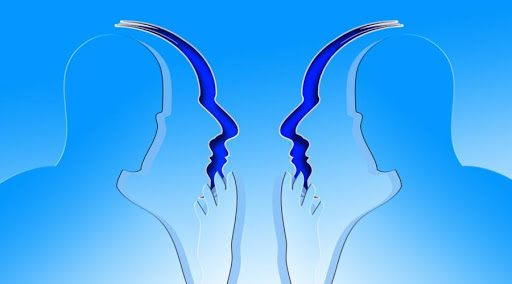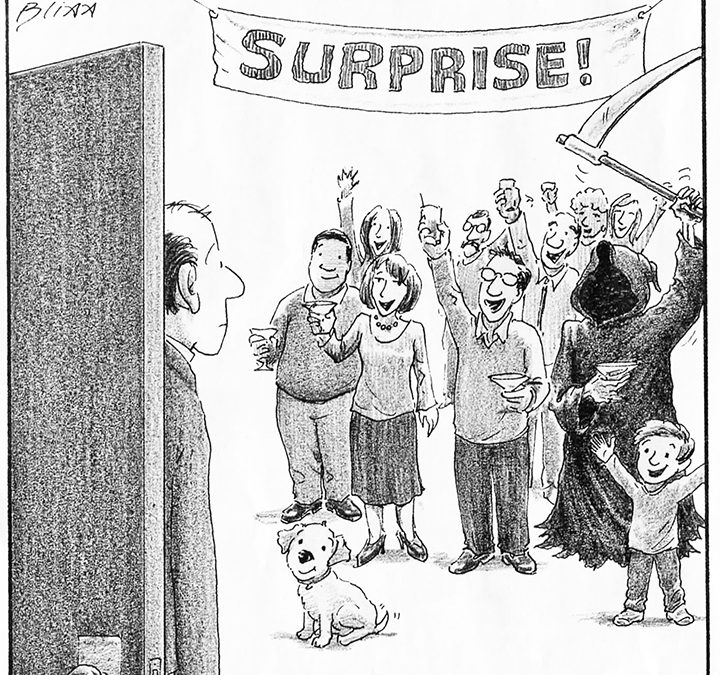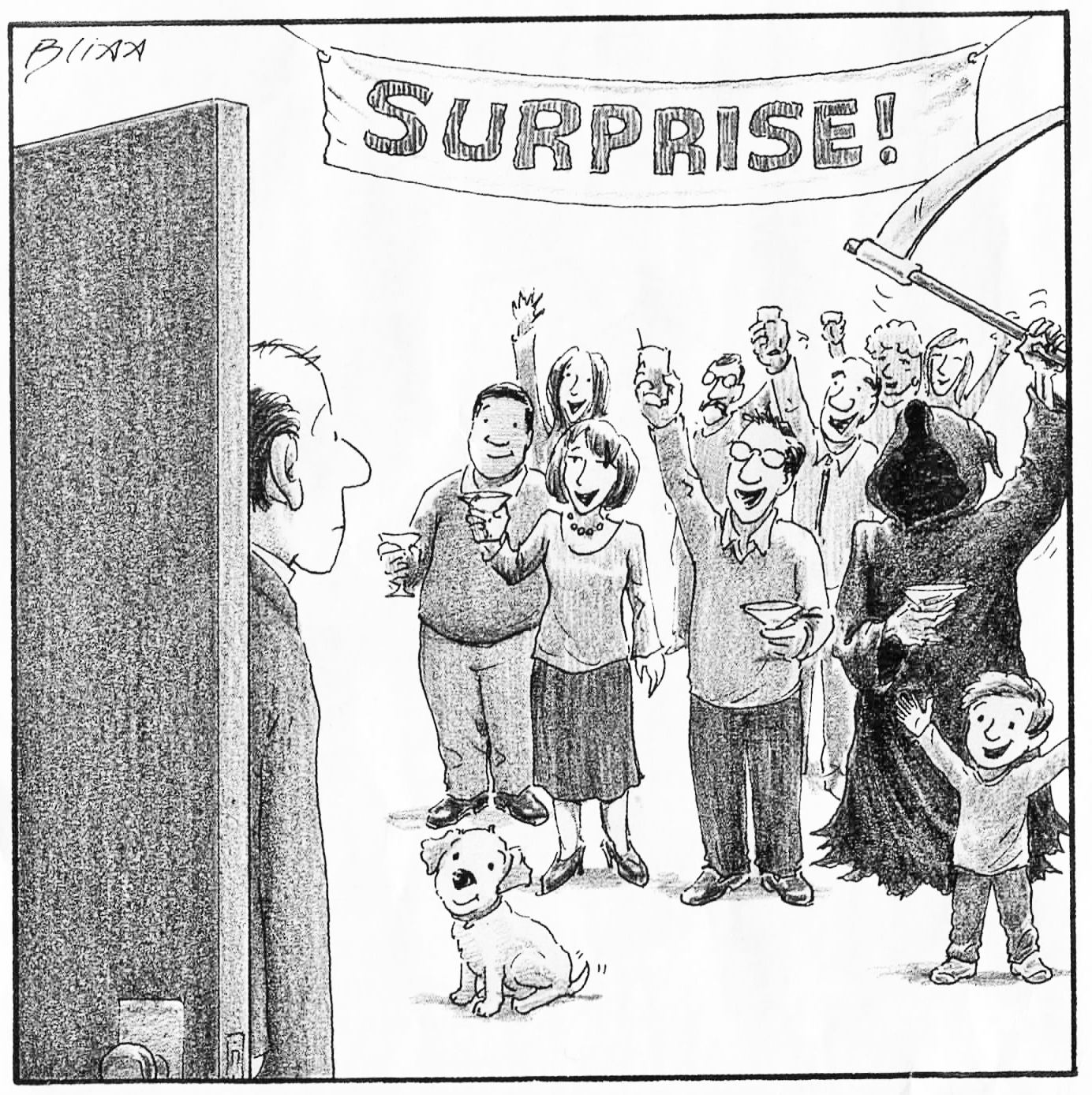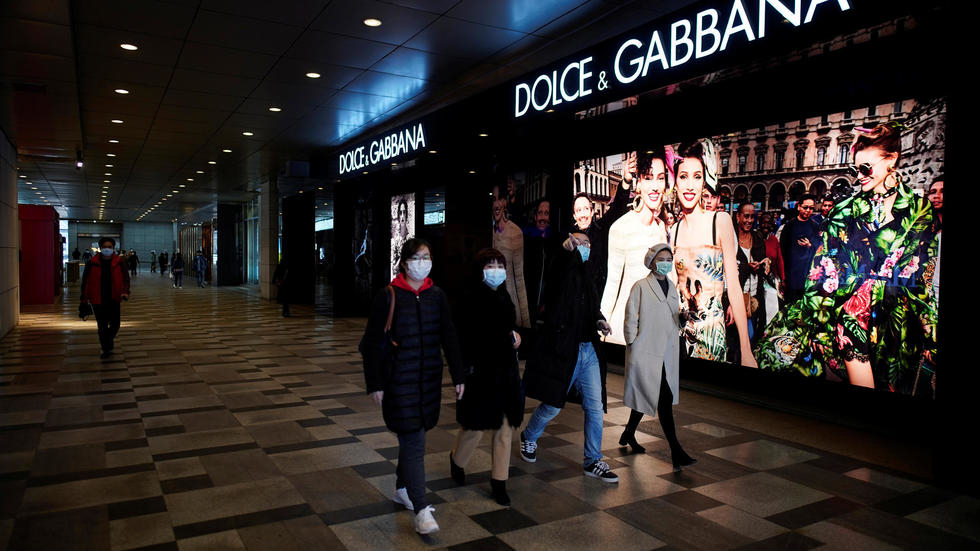
Balancing Economics, Public Health and Psychology
I’d like to believe most people don’t need to read articles like this one in order to understand common sense and perspective. I’d like to.
What’s about to happen this week is based in gigantic proportion on economics. That’s a super valid concern. It deserves some kind of response. But, it should NOT be a significant signal about the reduction of public heath risk to widespread Covid infection.
A reasonable, common sense approach to understanding what the risk reality is right now in this country lies not in solely listening to commercially funded TV or radio news programs, most politicians, vociferous family members, friends, or even, business owners.
The intelligent and rational way to decide when, where, how, and why all of us re-open our own lives, is by reading and understanding transmission rates through public health sources, publicly funded news outlets, respected epidemiologists, science and medical professionals, closely studying and following the arc so far.
We all want to return to normalcy, but this crack of daylight in the wall of sequestering, should not be mistaken for any meaningful symbol of all clear. Not by a long shot. NOT by a long shot.
If you’re on the fence, get off it by reading and sourcing good info, data and opinions, as far away as possible from vested interests, or anyone who has a bone to pick for/against political entities. Let knowledge and fact be your guide, not pressure by friends, family, retailers, politicians, or a weakness of will.
This is a public health issue. It is your health issue. It is my health issue. This is the priority for where it should begin and end.
MB
Article below reprinted from Business Insider
How to decide if it’s worth the risk to return to malls, gyms, salons, and more as states reopen but experts remain cautious.
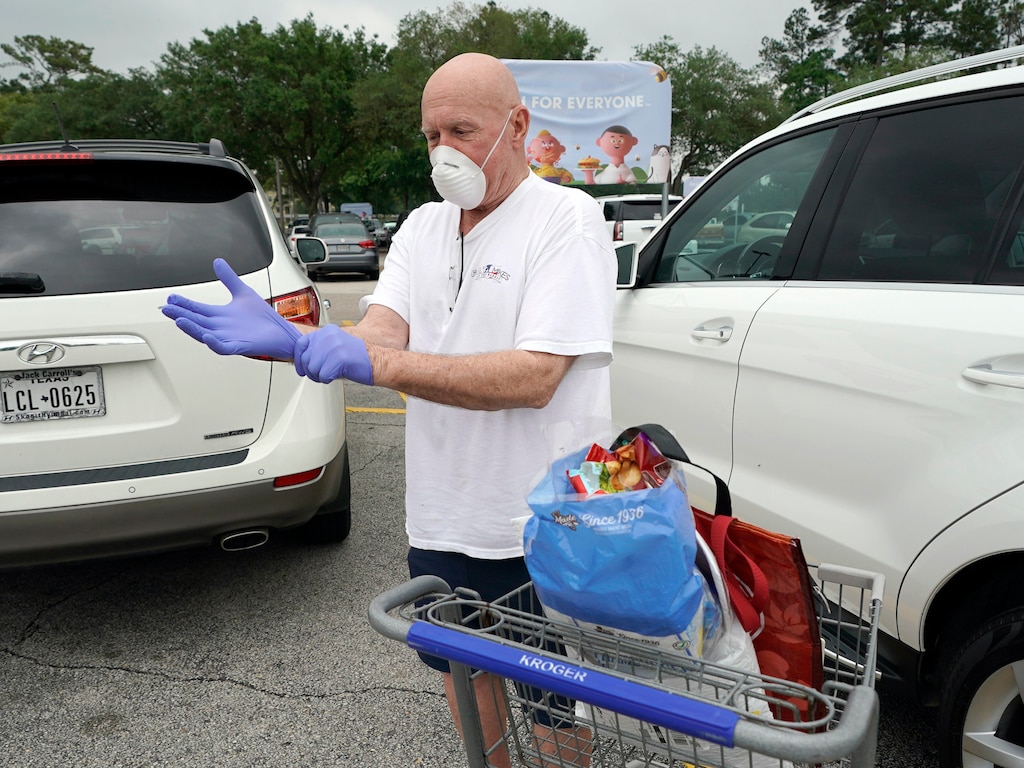
AP Photo/David J. Phillip
-
Shops, restaurants, salons, gyms, and even bowling alleys are opening across the US as states loosen their shelter in place orders.
-
Experts say it is important to realize that returning to businesses can still be risky, and answers on safety are far from black and white.
-
You can determine risk by weighing factors such as if you can stay six feet away from others, if everyone is wearing masks, and what the prevalence of the coronavirus is in your area.
-
Different types of businesses come with different risks, meaning that concerns about returning to restaurants, stores, salons, and gyms need to be examined separately and together.
As businesses reopen across America, many people are confused about what exactly is safe and what isn’t.
Experts say that just because restaurants, stores, and even nail salons are open, does not mean that they are necessarily safe to visit. Instead, it means that people have the ability to choose if they want to take the risk of returning.
“The one thing we do know is the virus is still out there,” said Dr. Celeste Monforton, a lecturer in public health at Texas State University. “When some governor said, May 1, we’re opening things up — It’s not like the virus had a calendar and said, okay, I’m going underground again.”
Monforton and Dr. Jaimie Meyer, an assistant professor of medicine at Yale School of Medicine, told Business Insider that they understand why people are confused, as the CDC, the White House, and state governments have released different and sometimes conflicting guidelines.
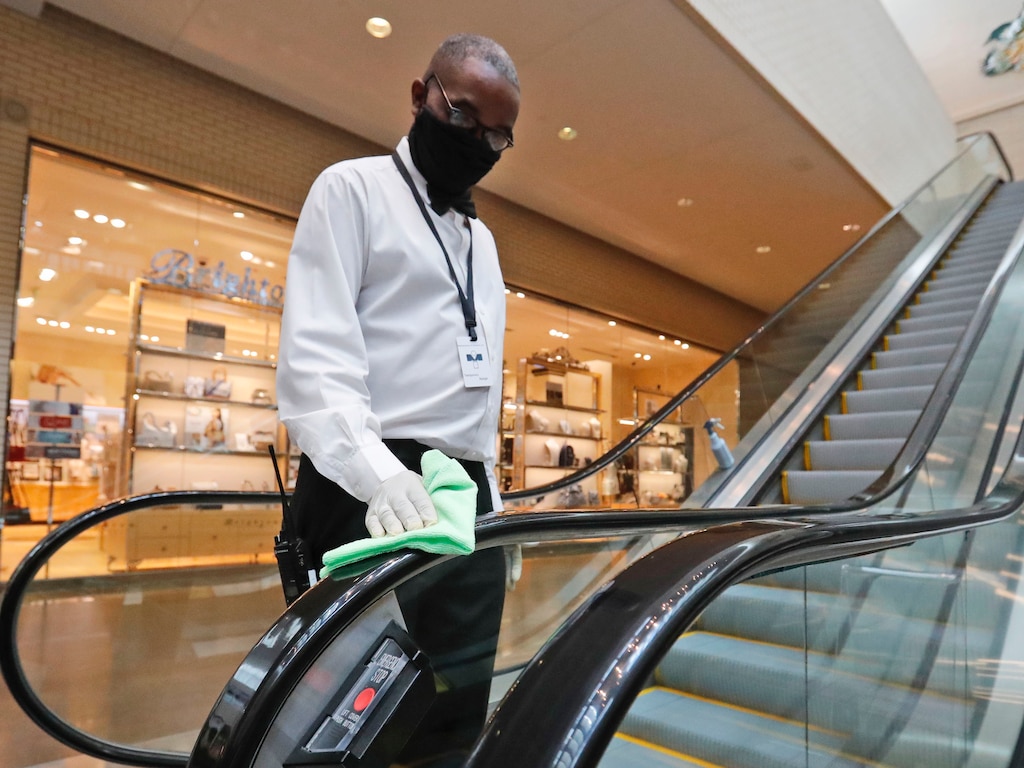
AP Photo/LM Otero
Both Meyer and Monforton also understand the economic argument for businesses to reopen. And, neither believes everyone should avoid all businesses, all the time.
“I almost would never say anything in absolute, because I think when you say things like that, people just tune out,” Meyer said. “It’s too hard for people to lose that much control over their lives.”
However, Meyer says people should be aware of COVID-19 cases and the risk of infection in their communities, not simply if it is legal or not for businesses to reopen. While different people have different tolerances for risk, Meyer says she personally is advising family and friends to err on the side of caution.
“There are so many unknowns here,” Meyer said. “Everything that I do, I ask myself, if I got sick from doing this, was it really worth it?”
Certain factors can help determine if a business is safe.
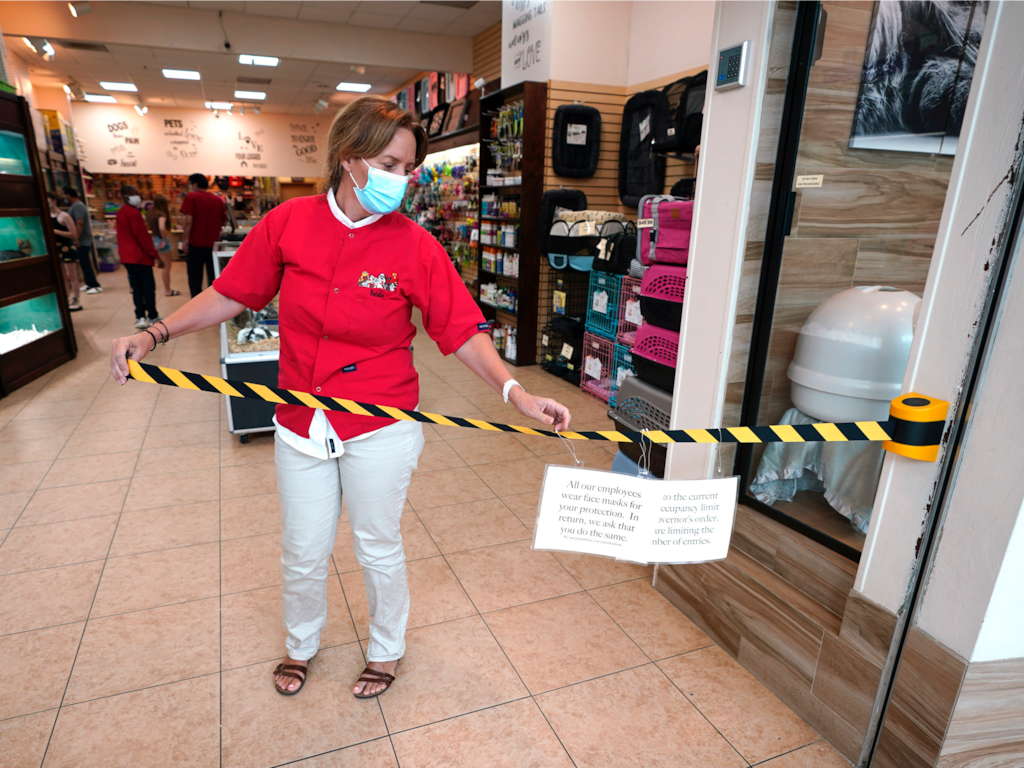
AP Photo/David J. Phillip
As states reopen, these experts say that risks exist on a spectrum.
Meyer and Monforton resisted saying any type of business was definitively more risky than others. For example, a bowling alley where there is constant cleaning and social distancing could actually be safer than a grocery store that hasn’t added any new safety measures since the pandemic.
Instead, there are a few big-picture factors you can use to determine if a business is safer — though not 100% risk-free — to visit.
Questions that can help determine how risky it is to visit a business include:
- Can you stay at least six feet away from other people in the space?
- Is everyone wearing masks? Wearing a mask doesn’t necessarily prevent you from catching the coronavirus — but other people wearing masks reduces the likelihood they will spread it.
- Can you stay outside or minimize your time indoors?
- Are workers regularly cleaning the space?
- Are employees and customers able to wash their hands?
- Have the number of COVID-19 cases in your community decreased over the last two weeks?
- Is there limited community spread of the coronavirus in your area?
If you can answer “yes” to all of these questions, there is less of a risk of catching the coronavirus, whether you are considering visiting a restaurant or a mall.
You can also take steps, such as washing your hands and wearing a mask, to make your community safer even when businesses and governments do not require it.
Waiting a few more weeks to go shopping or get your nails done could also help everyone understand the situation better.
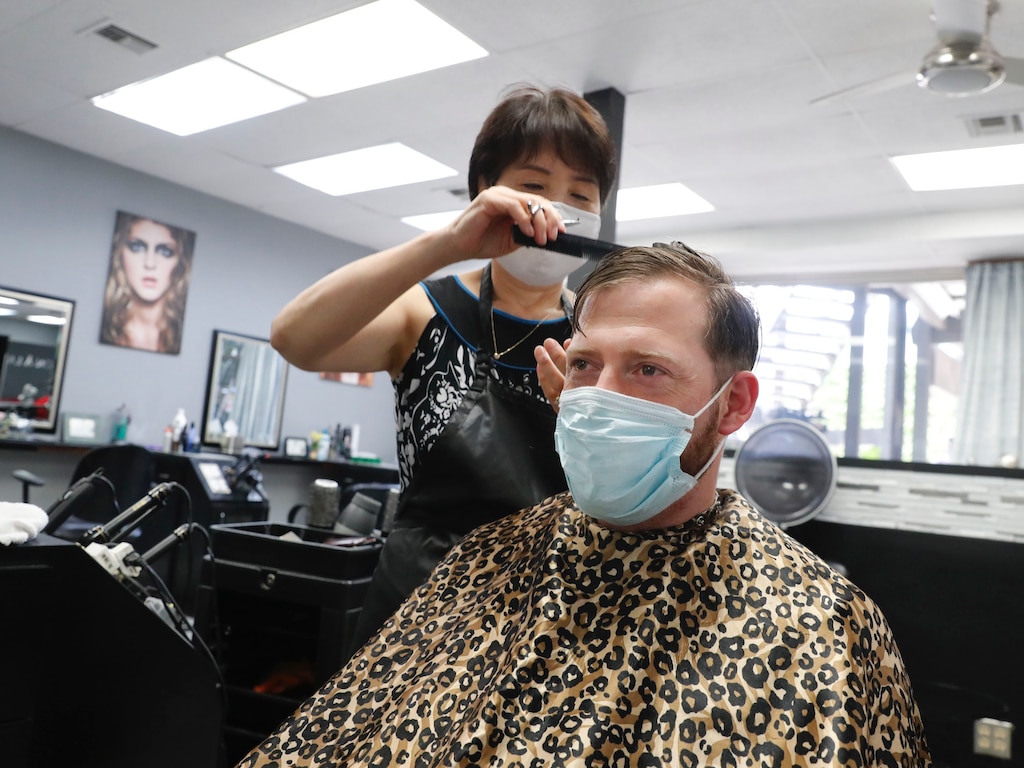
AP Photo/LM Otero
At this point, Meyer is encouraging people to behave as if everyone in public is infected with the coronavirus and act accordingly — maintain six feet of distance, wear a mask, and wash your hands regularly if you’re leaving your house.
“If you don’t practice social distancing and hand washing and wear masks, we’re going to experience a major setback and there will be a second wave,” Meyer said.
Still, planning to stay inside for 18 months is a daunting idea.
Instead, Monforton says that she is encouraging people to take things week by week. Every week, scientists and healthcare professionals find out more about the coronavirus. Even one extra week of knowledge can help customers and business owners make better decisions as states reopen.
“We’re going to learn a lot in the next couple of weeks and that’s going to be continuing to inform people about the risk — whether the risk is higher than we expected when things opened up [or] less than we expected,” Monforton said.
Older people and those with preexisting conditions should take more steps to reduce their risk, avoiding activities that people with a higher tolerance for risk may be willing to participate in. Everyone should understand that when they make a nonessential trip to a store, restaurant, or gym, it might not only impact them — if they haven’t been tested recently, they could unknowingly spread the coronavirus in their community as an asymptomatic carrier.
While no specific type of business is necessarily riskier or safer than others, we already know that each category carries different types of risks.
Here is a breakdown of some of the risks that come with different types of businesses, as well as some ways a risky situation can become safer.
Restaurants can be risky, but there are ways to support your favorite spot without endangering yourself.
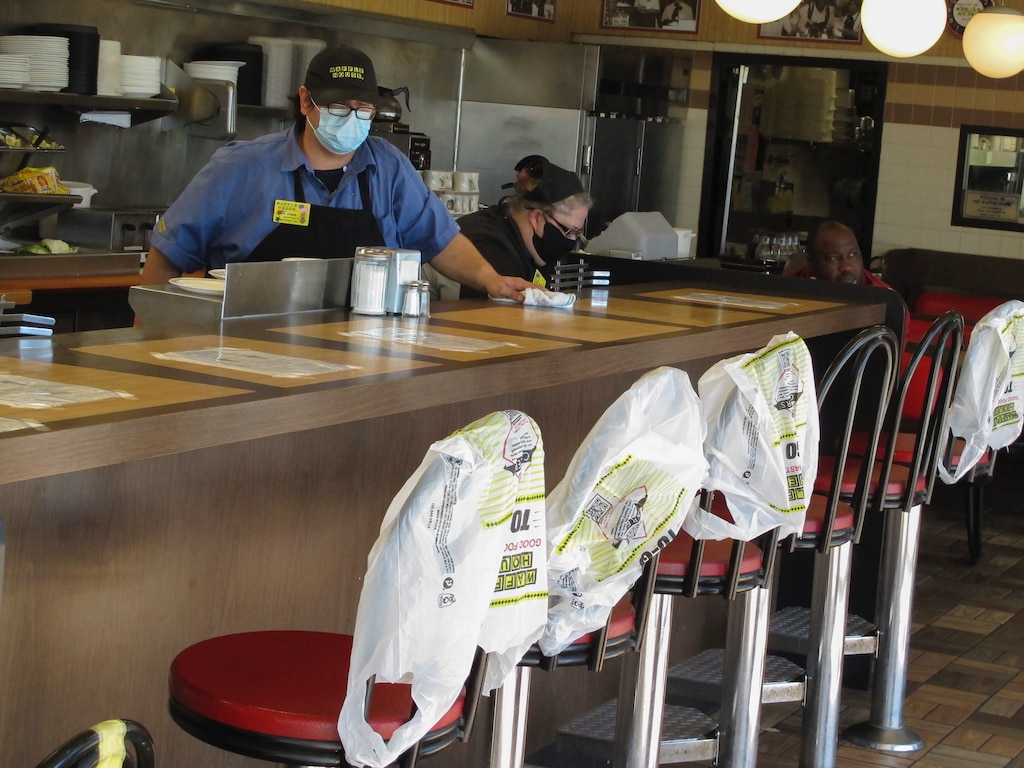
AP Photo/Russ Bynum
The good news for restaurants is that experts say even if a worker coughs or sneezes directly in your food, you won’t catch coronavirus from eating the meal.
The bad news is that customers crowding into a restaurant or bar could put everyone at risk of catching the coronavirus. Social distancing can be difficult for workers in kitchens. Many restaurants will not be able to maintain necessary social distancing while also bringing in as many customers as they did pre-coronavirus.
The National Restaurant Association has extensive guidance on how restaurants can reopen relatively safely.
These adjustments could make restaurants safer:
- Serving food via drive-thru, takeout, or delivery.
- Adding more sidewalk and curbside pick-up options.
- Adding outdoor dining.
- Reducing the number of tables.
- Requiring reservations to limit the number of customers.
- Training staff to monitor for symptoms.
Shopping malls and stores will need to limit how many people are allowed in.
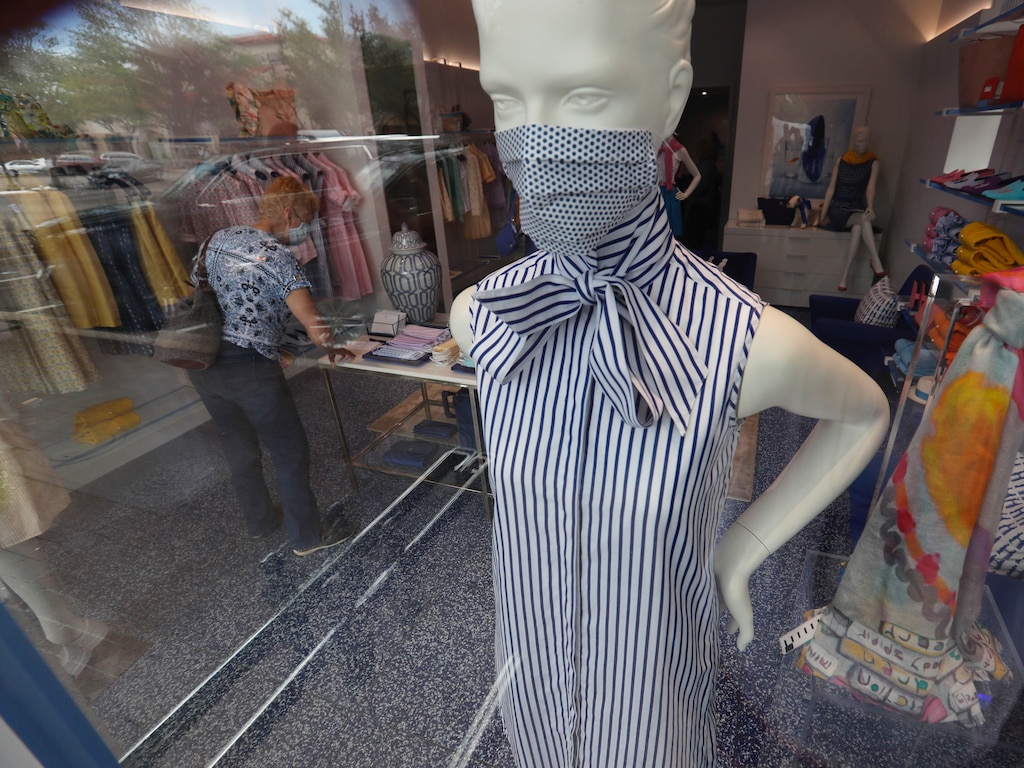
AP Photo/LM Otero
Monforton says she expects stores of all types to follow grocers’ blueprints. Even if Macy’s is selling dresses instead of shoes, things like plexiglass barriers, new cleaning routines, and hand sanitizing stations will transfer over.
Malls create different issues, as customers are likely to visit several stores during one trip. This can make it more difficult to limit how many people enter a store, something that is crucial for social distancing.
Ultimately, the biggest differences between essential and nonessential stores is what they’re selling — not the risk levels. Meyer is encouraging friends and family to avoid unnecessary risks, such as shopping for nonessentials. But, retailers are trying to accommodate those willing to take the risk that is associated with any type of shopping trip.
The National Retail Federation has a full guide for what stores should do to reopen.
Here are some changes that stores can make to become safer to visit:
- Limiting how many people are allowed inside to allow for social distancing.
- Promote “contactless” shopping, such as self-checkout and curbside pick up.
- Ban people from testing beauty products, unless they are using single-use testers.
- Stopping services such as alterations and ear piercing.
Risks associated with working out make gyms and fitness centers especially dangerous.

Maranie Staab/Reuters
Meyer said that people should be “especially cautious” at gyms, fitness centers, and other places where people work out as businesses reopen.
“When people are working out and breathing hard, they are more likely to transmit droplets,” which could spread the coronavirus, Meyer said.
This makes cleaning practices and social distancing even more important. So, if you’re willing to take the risk of returning to work out, make sure you can stay at least six feet away from other people and that the business has a strict cleaning schedule in place.
How fitness studios and gyms can make things safer:
- Offer virtual classes, instead of having people attend classes in person.
- Limiting the size of classes or providing one-on-one classes.
- Offering outdoor workouts.
- Taking people’s temperatures and making sure they don’t have symptoms before entering a studio or gym.
- Having people bring their own equipment, such as yoga mats and weights.
- Requiring people to wear masks while working out.
Salons and barbershops make it difficult to social distance.
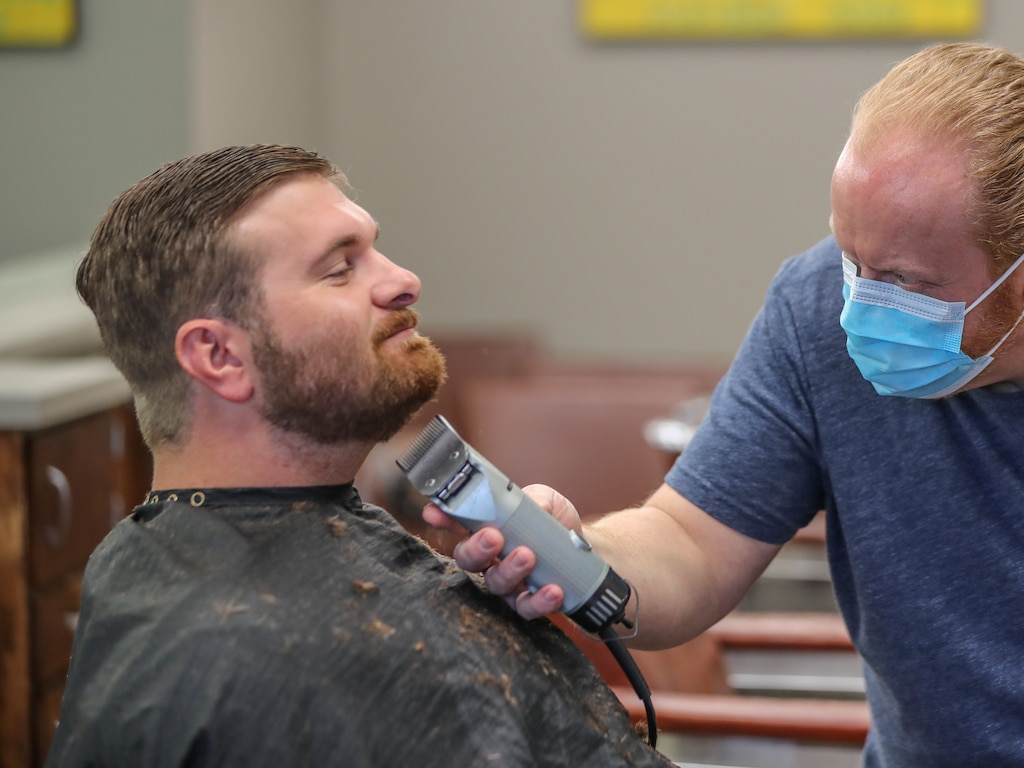
Associated Press
One of the biggest risks associated with barbershops, as well as hair and nail salons, is that the nature of the activity makes it impossible to keep six feet in between people.
“If you’re one of these high-risk individuals … it’s probably not safe yet,” even with changes, Meyer said.
The American Industrial Hygiene Association acknowledged that nail and hair salons have been “very challenged” during the pandemic in their guidelines for reopening.
A few ways salons and barbershops can make things safer:
- Disinfecting between visitors.
- Limiting how many people are inside the salon or shop at one time.
- Employees and customers should wear masks and gloves.
- Closing the reception area and having people wait outside until it is time for their appointment.
Bowling alleys, arcades, and other interactive indoor spaces are extremely risky.
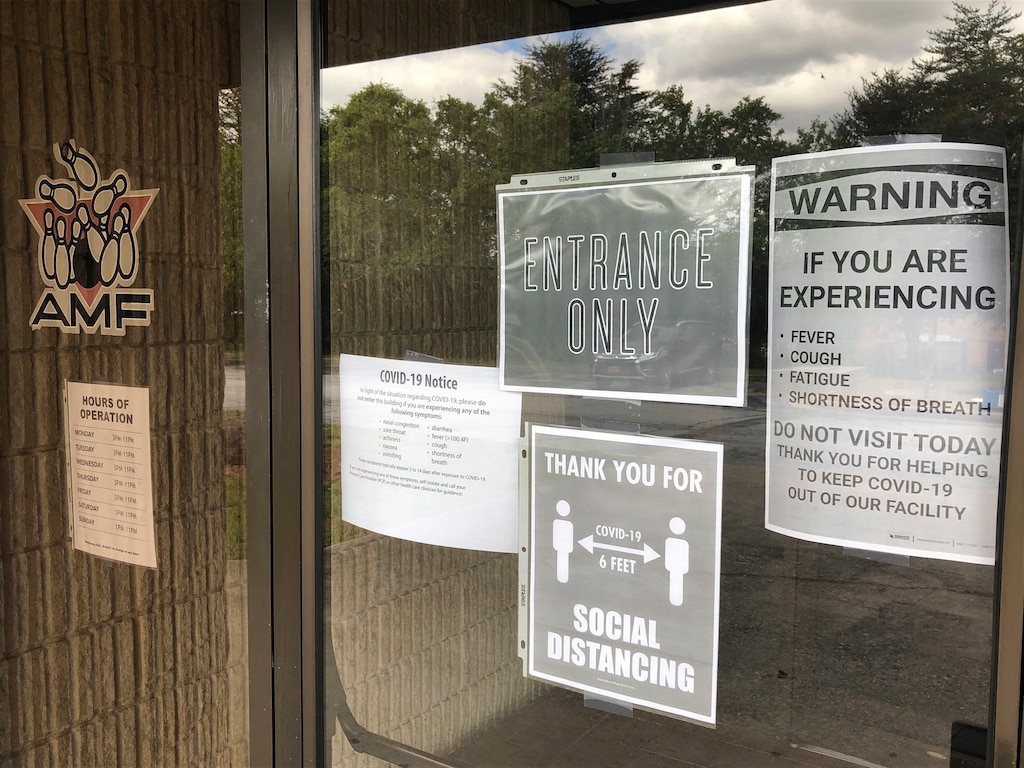
AP Photo/Paul Newberry
Georgia’s decision to allow bowling alleys to reopen raised some eyebrows.
“Entertainment is important and, for many people, perhaps bowling alleys are very important entertainment,” Meyer said.
However, Meyer continued, the problem with bowling alleys, arcades, and similar businesses is that they are closed in and high-touch.
In a bowling alley, you are going to be in an enclosed space with other people for a significant period of time, which is risky in and of itself. Additionally, you are touching things that a lot of other people are touching. It is basically impossible to sanitize items like bowling balls every time they touch people’s hands or other potentially contaminated spaces.
At this point in time, places like bowling alleys — as well as anywhere with crowds of people — are high on the list of places to stay away from if you want to avoid catching COVID-19.
Bowling alleys are never going to be the safest choice. Here is how they can be safer:
- Constant sanitation.
- Making people bring their own balls.
- Having people wear masks.
- Requiring people to stay six feet away from each other.

